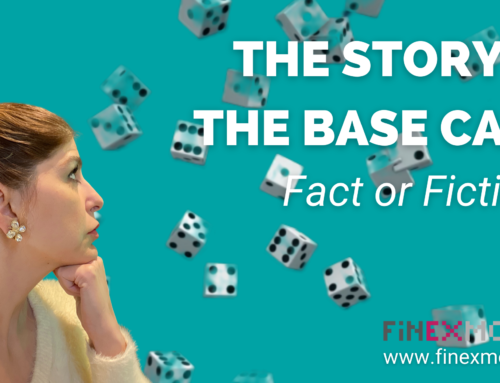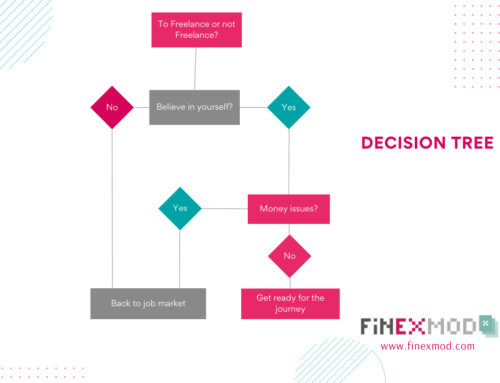Throughout my career as a financial modeler, I had the opportunity to wear different hats. For a while I was working for bankers, then I was part of a team advising governments in couple of deals. Now, I mainly help sponsors in getting funding for deals. In all these roles and working with different teams, I was always involved in the key aspects of the project and negotiations. However, I hear from my colleagues that some companies and institutions do not get their financial modeller involved directly in the negotiations and mainly use them as back office support.
Here I want to tell you why I think you can benefit by having your financial modeler by your side when you do any contract negotiation. In this post I’ll focus on Loan agreement and if you like such topics, I can expand it more.
- Financial models should reflect the reality of the project at any stage of the project life cycle. Making your financial modeler involved in different rounds of negotiations will ensure that the financial model is up to date.
- Most of the commercial terms and even dates as reflected in the loan agreement are referenced to the financial model. So having your financial modeler and the financial model with you during the negotiation will enable you to make sure that the dates and terms that are being drafted in the agreement are in line with the latest financial model. For example, first repayment date, last repayment date, numbers of repayments, Minimum DSCR, lock-up ratios etc. Also in the definitions for example making sure that the definition of cash flow available for debt service is inline with the financial model and vice versa.
- Having your financial modeler with you will assist you to defend your arguments. For example if you want to ask for 18 year loan maturity when the bank is giving you only 15 years, you can demonstrate showing your base case scenario that 15 years will not work for this project and in order to make this project bankable, you need a longer tenor loan or you need a lower interest margin that what is being offered to you.
- Someone who has never built a financial model from scratch in his or her life, might underestimate and also in some cases overestimate the amount of time and work required to make certain changes to the model. Having your financial modeler involved in the deal and contract negotiations will help him or her to understand the flexibilities that need to be built in the model to accommodate future possible changes. Let me give you an example. Let’s say you are at an early stage of negotiation with your lender in a project finance deal. You just received a letter of interest which outlines the key terms and doesn’t go into the details. However, during a call with the bank, they tell you that they also require a Debt service reserve account that should be fully funded. You are not there yet to discuss these details and ask if they allow you to fund this with an LC instead of cash and you just ignore it and focus on more critical issues. A good financial modeler will take note and go back and make sure that model has the mechanism for a DSRA and different funding option, either cash or LC. This way when you get to the term sheet negotiation, you have both mechanics already in the model and just need to change the switch to see the impact.
- When you are sending your financial model to the lenders, most of the time there will be different rounds of questions and answers on the model. Your financial model and your financial modeler should be robust enough to first of all reflect the lender’s perspective and to also be able to answer their questions. Your financial model and your financial modeler represent you so if you want to have someone who can explain how the model mechanic works, then you get an Excel expert. However, if you want also your financial modeler to provide reference for each and every input that goes into the model and be able to defend all the commercial terms that you are trying to achieve on the contract then you need a financial modeler who has expertise in Excel but also has been involved in the project and knows what are the key issues that are on the table and can assist everyone to understand why these issues are important. To give you another example, let’s say lenders are pushing for a minimum DSCR of 1.4x. However, when you check with the base case financial model, 1.4x is not achievable and you can only get a minimum of 1.3x. During the financial model demo session with lenders, your financial modeler can demonstrate why the sponsors are pushing for this reduction and given the current base case, 1.4x is not feasible.
- What I am trying to advocate here is even more relevant if you have a financial modeler as part of your team as staff or long term consultant. Getting your financial modeler involved in different aspects means that you are investing in that person. He or she will get an exposure that can be benefited in the next deals that you’ll have in future.
If you are reading this and you are a financial modeler who is struggling to find a voice and right place in your work place, then remember that no matter what the company culture is and the personality of the people you are working with, there’s a great chance that you can change the way people perceive you by changing the way you react to their systems. What I mean is that you can not change others but you can change yourself. I have a blog post where I explain techniques that you can use to become better in your role as a financial modeler. Check it out here.
Why I don’t see my role as a financial modeler as a stepping stone but as my expertise
Also check out my post on ways to get your model well equipped for negotiations:
Is your financial model well equipped for negotiations?
If you like what I do, make sure you subscribe to my blog post and also follow me on social media.
Thanks,
Hedieh


